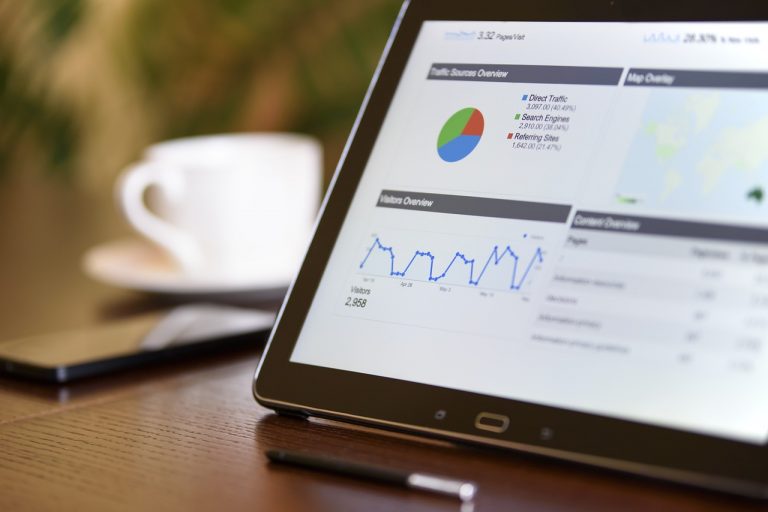
While in the workplace, we can select from various digital communications tools, which include Twitter, video conferencing, SMS, dial-in conference calls, desk and mobile phones, instant messaging, email, LinkedIn – the list goes on. And with technology advancing at a breakneck speed, digital communication will continue to do so.
Choosing the proper communications tools is contingent on the communications and task itself. It can also be contingent on your location, whether you are working from your desk, whom you want to communicate with, are on the move or operating from a shop.
How to select the right communication tool for your business
The pointers below will assist you in deciding the communications tool that is suitable for you, along with the pros and cons of every digital communication method. One-to-one? Either business mobiles or desk phone? Phone
Advantages:
If you are looking to discuss a particular subject or talk through ideas at length, then using the phone is best. It gives off a more personal appeal and allows you to express yourself and clear up points that may get misinterpreted when using other communication methods. Before getting right to business, you can have a social chat and learn how the other individual is, which is a breath of fresh air in this fast-paced world.
Disadvantages:
A phone call may not be suitable for a quick solution and perhaps the individual isn’t available to answer the call, so you’ll have to wait for a return call or leave a voicemail. Perhaps you want a question answered but you can’t make the phone call because of poor reception or it is too noisy. Unless the call is recorded, you’ll have no proof of the communication.
Should I use e-mail?
Advantages:
Using e-mail is a great way of documenting and tracking activities and conversations and sending files to people quickly. You can manage your e-mail from the desktop or while on the move from iPads and smartphones. It seems to be the most commonly used form of communication in a business setup, if not the most overused.
Disadvantages:
Everybody appears to be using e-mail for every kind of communication even when it isn’t required, which ends up flooding your inbox. Even though some individuals presume that e-mail happens in real-time, it does not.
You may be included on irrelevant e-mail lists, which again clogs your inbox! At times, you’ll have to wait for a while to get a reply given how some people may find it daunting wading through their clogged inbox.
The amount of emails these days has increased, which has seen automatic filters like Clutter in Microsoft Outlook get introduced. But this has created the risk of vital emails getting filtered out. This can see you have to manage two inboxes which is quite time-consuming.
Instant messaging
Advantages:
With instant messaging, you’ll get to see whom you’re talking to. It provides a personal appeal and availability, which is beneficial when you need an immediate response. You’ll be able to know if your colleagues are busy and when they are available to communicate. It’s an excellent method to get quick answers to questions.
Disadvantages:
At times, individuals ignore the busy notification and send messages that end up pinging and disturbing you while working or in a meeting. The solution to this is using the do not disturb choice because this message does not get sent.
Text messages
Advantages:
Great for fast messages and answers while on the move and also for those who can’t refrain from viewing their phone when a notification message comes through.
Disadvantages:
Individuals often forget to reply.
Video conferencing
Advantages:
You can talk to somebody or a group of people elsewhere without needing to physically travel there. You get to look at people’s facial expressions and provide an appropriate response.
Disadvantages:
Video conferencing can be challenging to use without adequate training.


